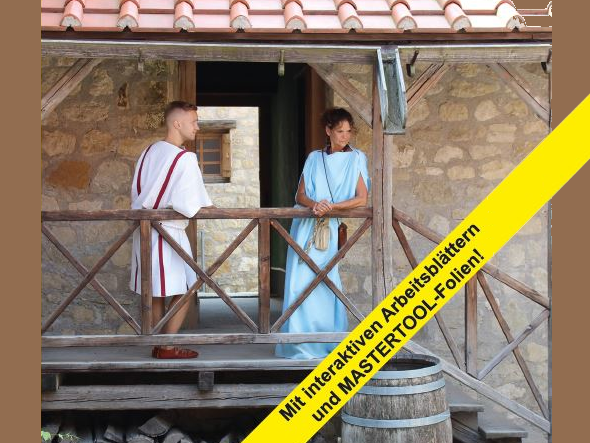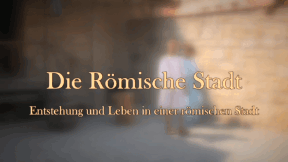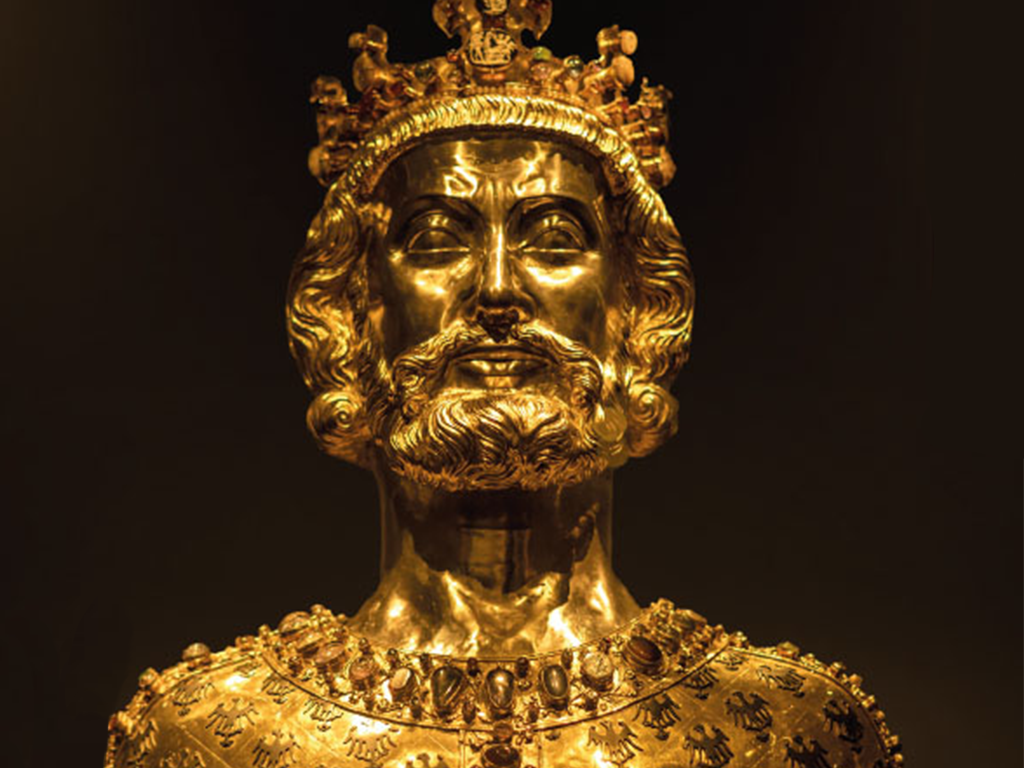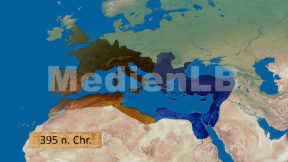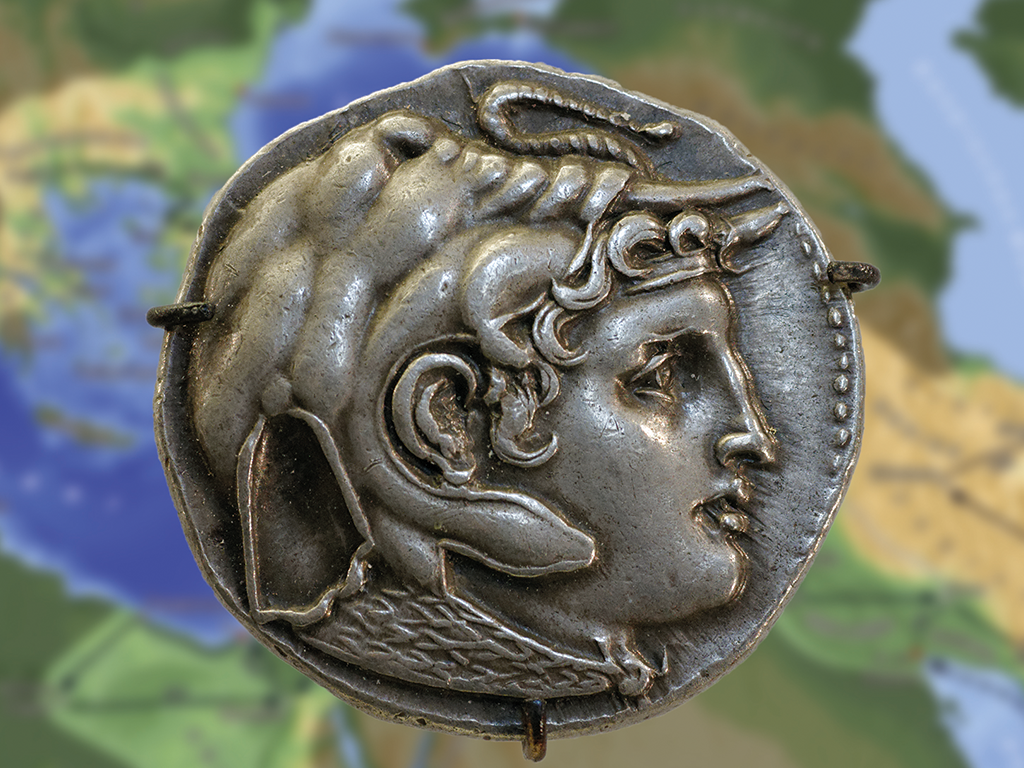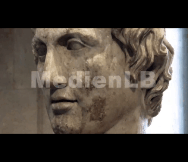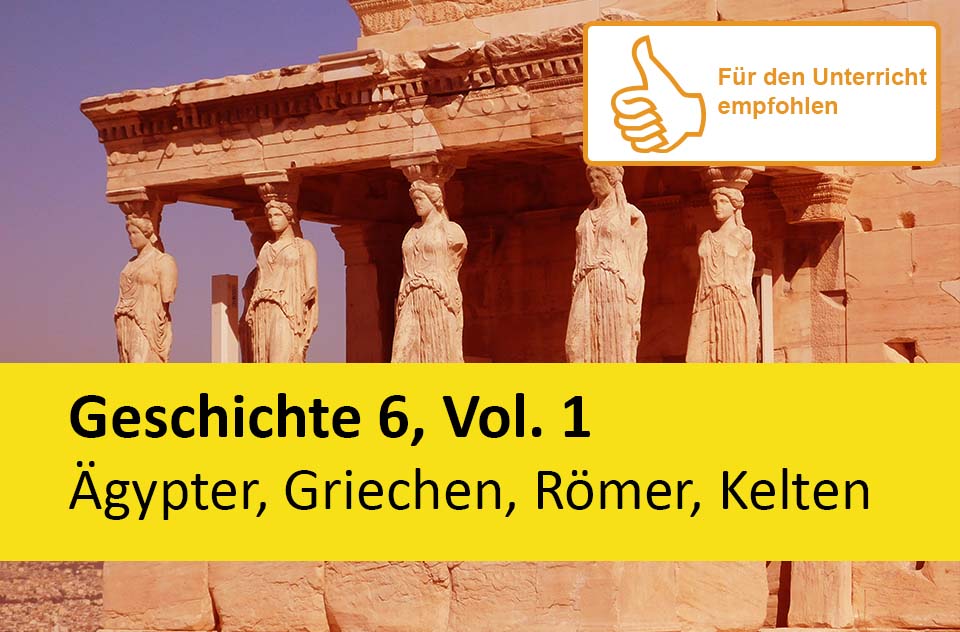
55500804
Ägypter, Griechen, Römer, Kelten
In unserem interaktiven Arbeitsheft „Geschichte 6, Vol.1 – Ägypter, Griechen, Römer, Kelten“ wird in 50 interaktiven Aufgaben und interaktiven Videos Wissen zum Alltag, zum Glauben und den Gebräuchen
der Ägypter, Griechen, Römer und Kelten vermittelt, vertieft und der Lernfortschritt mit interaktiven Aufgaben sichergestellt.
Es ergänzt den Geschichtsunterricht des ersten Lernjahres mit vielfältigen interaktiven, selbstlösenden Aufgabentypen und ermöglicht so häusliches und schulisches Lernen.
Included Tasks
- 1. Woher wissen wir von früher? - Interaktive Aufgaben
- 2. Die Bronzezeit in Eurasien - Interaktives Video
- 3. Werkstoff Bronze - Interaktives Video
- 4. Die Himmelsscheibe von Nebra - Interaktives Video
- 5. Der Nil inmitten der Wüsten - Interaktives Video
- 6. Die Religion der Ägypter - Interaktives Video
- 7. Ägyptische Götter - Wortsuche
- 8. Das Reich der Ägypter - Interaktive Aufgabe
- 9. Die Macht der Pharaonen - Interaktives Video
- 10. Gesellschaft im Alten Ägypten - Interaktives Video
- 11. Bauwerke für die Ewigkeit - Interaktives Video
- 12. Das Alte Ägypten - Interaktive Aufgaben (1)
- 13. Das Alte Ägypten - Interaktive Aufgaben (2)
- 14. Das Alte Ägypten - Interaktive Aufgaben (3)
- 15. Alltag im antiken Griechenland - Interaktives Video
- 16. Griechische Stadtstaaten - Interaktives Video
- 17. Griechische Kolonien - Interaktive Aufgabe
- 18. Griechische Tempel - Interaktives Video
- 19. Olympische Götter - Interaktives Video
- 20. Griechische Mythologie - Lückentext
- 21. Sparta - Interaktives Video
- 22. Wissenschaft; Kultur; Religion - Interaktives Video
- 23. Städtebau der Griechen - Interaktives Video
- 24. Demokratische Staatsform - Interaktives Video
- 25. Antikes Griechenland - Interaktive Aufgaben (1)
- 26. Antikes Griechenland - Interaktive Aufgaben (2)
- 27. Antikes Griechenland - Interaktive Aufgaben (3)
- 28. Die Sieben Hügel Roms - Interaktives Video
- 29. Hygiene und Abwassersystem - Interaktives Video
- 30. Forum Romanum - Interaktives Video
- 31. Kleidung der Römer - Video und interaktive Aufgaben
- 32. Das Pantheon - Interaktives Video
- 33. Götterkult der Römer - Interaktives Video
- 34. Griechische und Römische Götter - Höre die Bildpaare (Ton AN!)
- 35. Entstehung einer römischen Stadt - Video und interaktive Aufgaben
- 36. Eine römische Villa - Interaktives Video
- 37. Ein römisches Badehaus in Oberbayern - Interaktives Schaubild
- 38. Geschichte Roms - Interaktive Aufgaben (1)
- 39. Geschichte Roms - Interaktive Aufgaben (2)
- 40. Geschichte Roms - Interaktive Aufgaben (3)
- 41. Oppida der Kelten - Wortsuche
- 42. Totenkult der Kelten - Bildzuordnung
- 43. Kelten und Römer - Interaktives Video
- 44. Konflikt mit den Römern - Video und Lückentext
- 45. Rennofen - Bildzuordnung
- 46. Keltische Handwerkskunst - Video und Interaktive Aufgaben
- 47. Grabkammer von Hochdorf - Bildzuordnung
- 48. Glaube der Kelten - Interaktive Aufgaben
- 49. Ein keltischer Druide - Interaktives Schaubild
- 50. Kelten - Finde die Bildpaare
Curriculum-centred and oriented towards educational standards
Matching
Roman City
Augsburg, Cologne, Trier – well-known and important German cities. They have one thing in common: all of them were founded by the Romans.
Franks
The Franks presumably arose from various western Germanic tribes originally living between the Rhine and Weser rivers.




